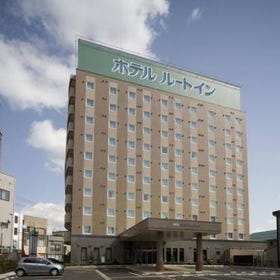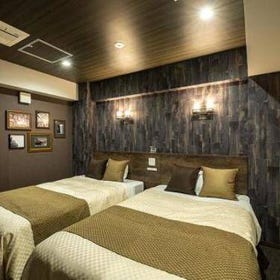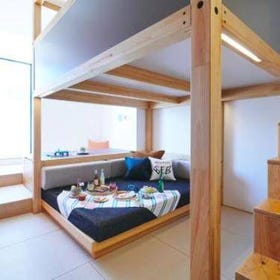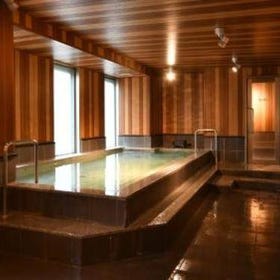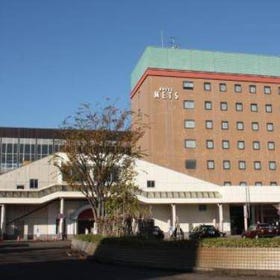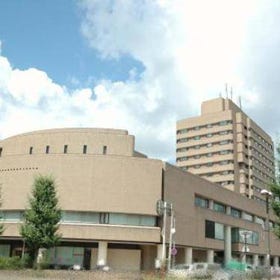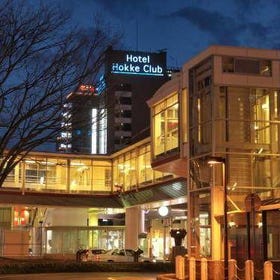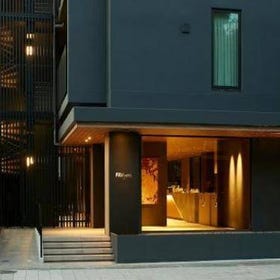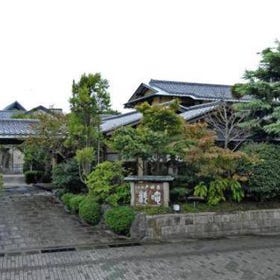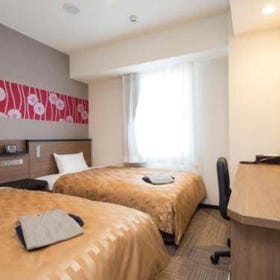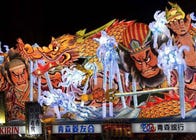
Japanese summer is synonymous with stunning fireworks displays, known as 'hanabi' festivals. These spectacular events are held all across the country, lighting up the night sky with vibrant colors and filling the air with the sound of thunderous explosions.
But what are some of the most famous ones? Japan's Three Great Fireworks Festivals include the Omagari Fireworks Festival in Akita, the Tsuchiura All Japan Fireworks Festival in Ibaraki, and the Nagaoka Festival Grand Fireworks in Niigata. They are a celebration of creativity, culture, and history, offering an unforgettable experience of fireworks on an unprecedented scale.
To give you a taste of the magic of hanabi, we spoke with the Japan Pyrotechnics Association to bring you four famous fireworks festivals and share insights on their cultural significance, history, and the best spots to catch them in action.
Main image: PIXTA
Culture and History of Japanese Fireworks

The Japanese word for fireworks is hanabi/花火, meaning "flower fire." These characters not only suggest the literal floral shape of fireworks but speak to their transient nature as well.
Hanabi "bloom" momentarily, a moment in time reminiscent of hanami - the celebration of cherry blossoms.
There are two types of fireworks in Japan: "enka," which are the large-scale ones used for displays and festivals, and "gangu fireworks," which are the smaller ones you can use at home.
Gunpowder, the raw material for fireworks, entered Japan in the 1500s from the West; however, it wasn't until the Edo Period (1603-1868) that the culture of fireworks displays truly began.
After the war, gunpowder for weapons was repurposed for a different use: fireworks. Samurai used them for displays at the daimyo's villa in Okawabata (downstream from the Sumida River) in Edo, or present-day Tokyo.
That popularity eventually spread throughout Edo, establishing itself as a form of play for the common folk. Soon, fireworks masters and sellers also began to appear, and the fireworks culture gradually took root in Japan.
Types of Japanese Hanabi
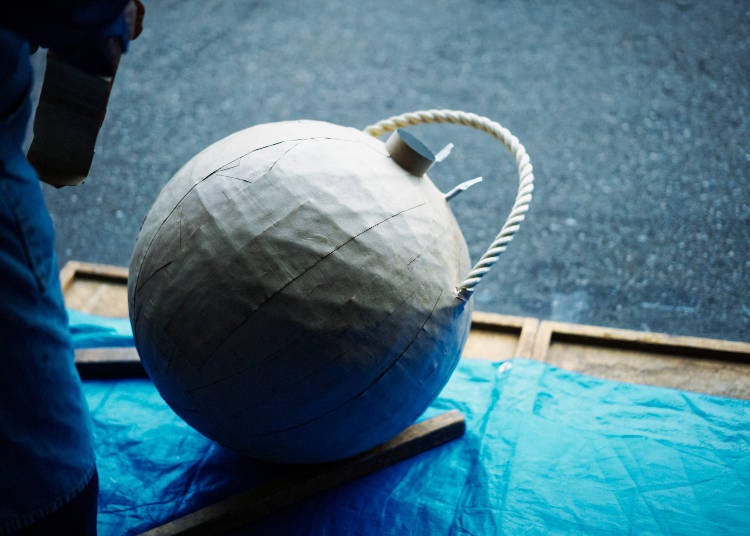
There are many types of fireworks, but the basic mechanism is simple. Using gunpowder, a round "fireworks ball" is launched into the sky, where it explodes into the beautiful shapes and colors that we all know as fireworks.
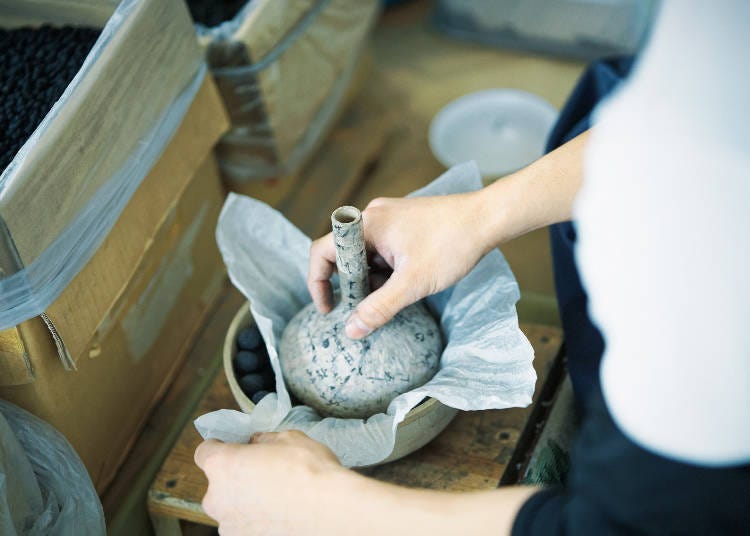
The fireworks ball consists of the shell, made from cardboard, and a mass of gunpowder called a "star." This is the source of the colors and lights. In the center is another mass of gunpowder called the "break," which explodes and scatters the stars. In the center of that is the fuse.
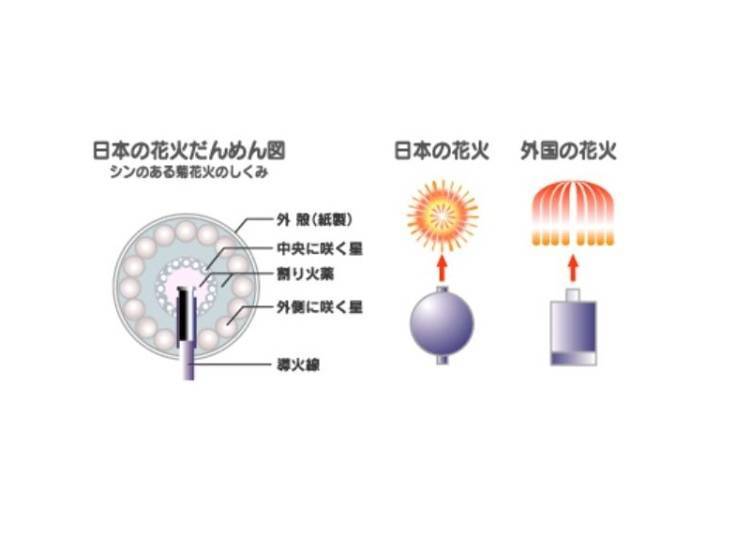
The fireworks you see at Japanese festivals are classified into three categories: "warimono," "pokamono," and "han-warimono."
Though fireworks festivals are typically nighttime events, some places do hold daytime fireworks competitions, such as the Omagari Fireworks Competition. Pokamono fireworks are the kind you'll see here.
Starmine, also known as "rapid fireworks," are what you usually see during the finale, and uses all kinds of fireworks, big and small. These are often used for large-scale displays, and designed to fascinate with their overwhelming power.
1. Warimono Fireworks (割物)
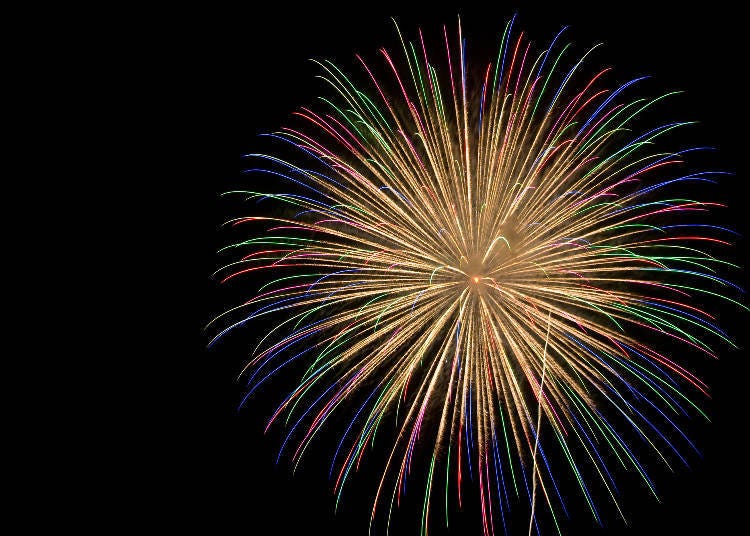
The warimono is the most basic of Japanese fireworks, in which the ball explodes in a spherical shape. One of the most well-known varieties of warimono fireworks is the Chrysanthemum, which scatters the stars with tails (trails of color) from the center in a brilliant display.
The Peony is another popular type, in which the stars scatter without leaving trails.
2. Pokamono Fireworks (ぽか物)
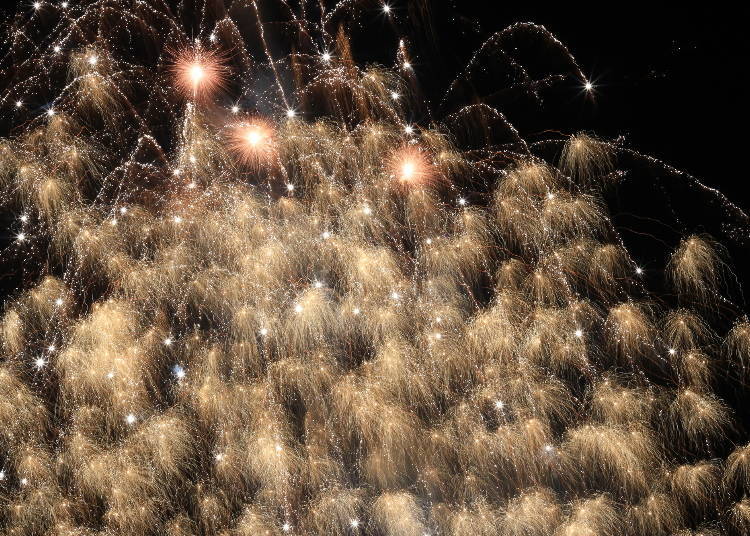
The pokamono is a firework that splits in two when it reaches the sky, releasing the contents and stars from the fireworks ball. Typical examples are the Willow, Bee, and Hanarai (literally "thunder flower").
The Willow, usually used during changing scenes or lingering sounds, is certainly one of the most attention-grabbing fireworks at displays!
3. Han-warimono Fireworks (半割物)
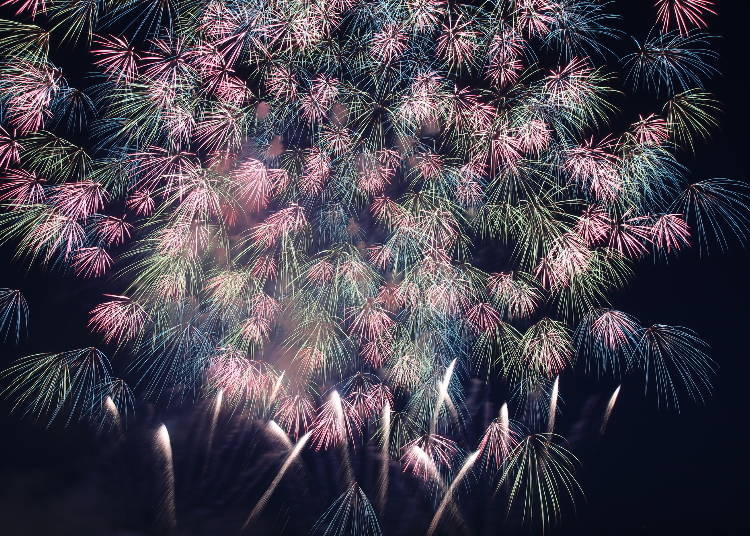
The Senrin-giku (literally "thousand chrysanthemums") is a typical han-warimono. A "senrin" is a larger fireworks ball containing multiple smaller balls, releasing a number of fireworks at a single time, one after another. Each of these fireworks explodes in different colors, making them one of the most beautiful and fun to watch!
Japanese fireworks are delicately devised with a combination of warimono and other varieties, as well as the "climbing whistle" you hear as they shoot into the sky.
Fireworks balls range in size from 2.5 (7.5cm in diameter) to 40 (1.2m in diameter), but only size 5 balls (15cm) are used in the average fireworks display. The largest fireworks ball you'll see at a display is called "shakudama" (sky rocket), and is a size 10 (30cm in diameter).
Fireworks balls range in weight from about 1.1 kg (size 5) to over 200 kg (size 30)! You have to use a crane to load that one into the cannon!
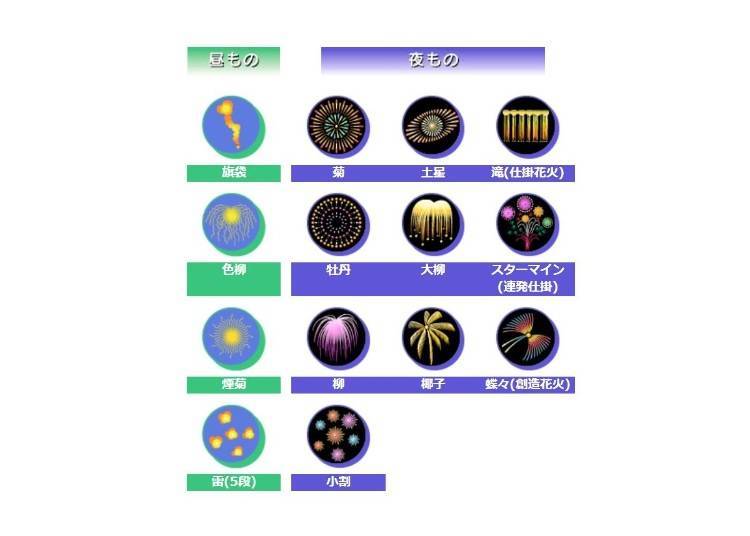
Four Famous Hanabi Festivals Everyone Should See
Large-scale fireworks festivals are held annually all throughout Japan. Here are four historical and famous fireworks festivals that everyone should see at least once!
1. National Omagari Fireworks Festival (Akita Prefecture)
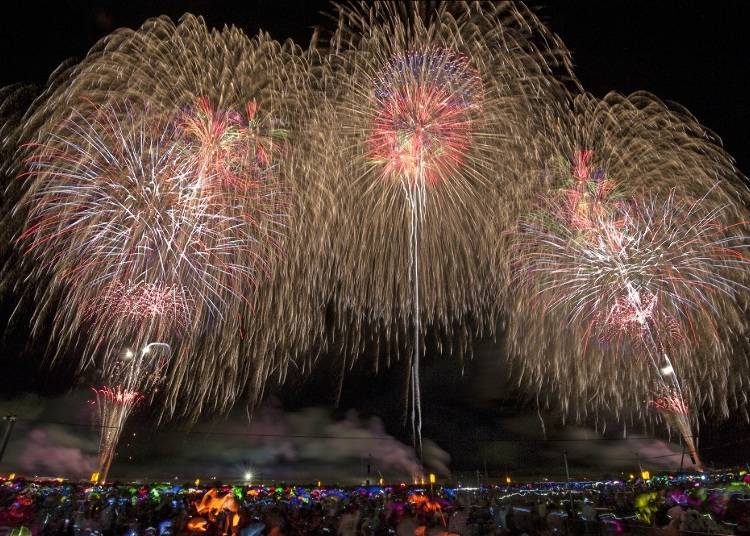
The National Omagari Fireworks Festival has one of the most prominent histories in Japan. Held every year on the last Saturday of August in Omagari, Daisen City, Akita Prefecture, spectators flock from all over the country to see it. These ingenious fireworks have been developed by top-class fireworks artists from all over Japan, and are not something you want to miss!
The Omagari Fireworks Festival tournament consists of two parts: daytime and nighttime fireworks. Daytime fireworks are rare and only seen at Omagari competitions in Japan. At night, a continuous barrage of gorgeous fireworks blankets the sky with breathtaking beauty and power.
Two other popular events are the Special Star Mine, a musical fireworks display held between competitions, and the Wide Star Mine Fireworks, provided by the competition and jointly produced by local fireworks companies.
- Date: August 26
- Daytime fireworks: From 5:10 p.m.
- Nighttime fireworks: From 6:50 p.m.
-
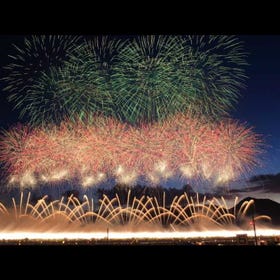
-
Address
Daisen-shi, Akita, 014-0000
View Map -
Nearest Station
Omagari Station (Ou Line / Tazawako Line)
30 minutes on foot
- Phone Number 0187-88-8073
-
Address
Daisen-shi, Akita, 014-0000
Recommended hotels nearby
2. Tsuchiura National Fireworks Festival (Ibaraki Prefecture)
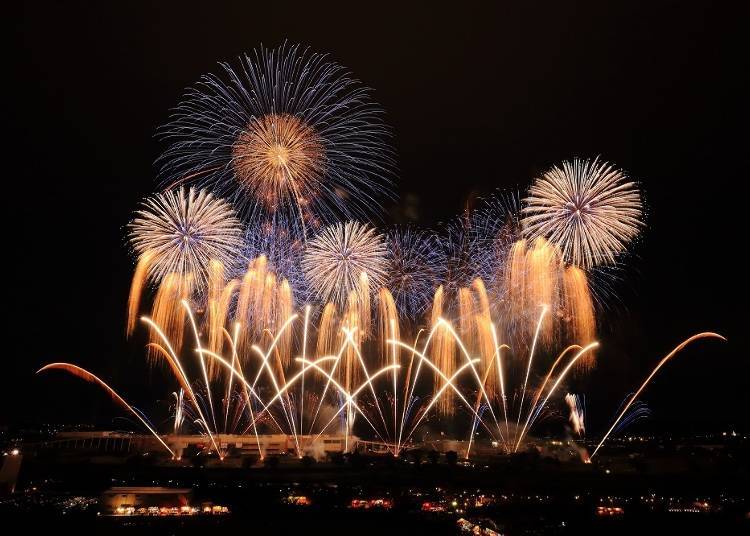
The Tsuchiura National Fireworks Festival is held on the first Saturday of November every year in Tsuchiura City, Ibaraki Prefecture. At this display, started by volunteers in 1925, fireworks artists from all over the country gather together to compete for the best fireworks technology.
The competition consists of three categories: Size 10 Fireworks, Creative Fireworks, and Starmines. The Starmine practically represents the history of Tsuchiura fireworks itself! Hundreds of colorful fireworks are launched in time as they paint the autumn sky.
- Dates: November 4
-
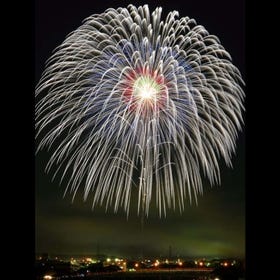
-
Address
Around Sakuragawa River/Gakuen Ohashi, Sanoko, Tsuchiura City, Ibaraki Prefecture, 300-0803
View Map -
Nearest Station
Tsuchiura Station (JR Joban Line / JR Ueno Tokyo Line)
30 minutes on foot
- Phone Number 029-826-1111
-
Address
Around Sakuragawa River/Gakuen Ohashi, Sanoko, Tsuchiura City, Ibaraki Prefecture, 300-0803
Recommended hotels nearby
3. Nagaoka Grand Fireworks Festival (Niigata Prefecture)
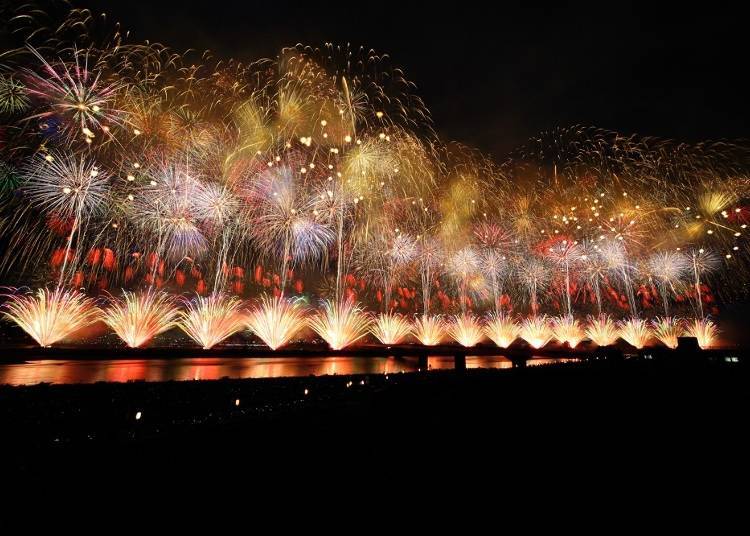
The Nagaoka Fireworks display is held every year on August 2nd and 3rd on the Shinano River bank in Niigata Prefecture from 7:20 p.m. to 9:10 p.m. It is one of the three major fireworks festivals in Japan, along with those in Omagari and Tsuchiura.
This grand-scale masterpiece of an event features hundreds upon hundreds of size 10 Shakudama fireworks, including their specialty, the "Shosan Shakudama," a gigantic flower-shaped firework with a diameter of 650 meters!
There are a wide variety of other fireworks as well, including the "super-wide starmine," in which multiple starmines in five different colors explode at the same time, and the "reborn fireworks phoenix," which reaches a total length of 2 km! You won't want to miss this epic, musical story as told by an array of fascinating fireworks.
- Dates: August 2 and 3
- Time: 7:20 - 9:10 p.m.
-
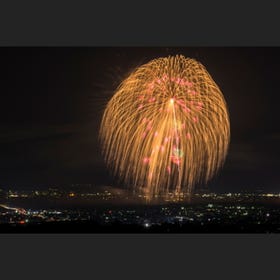
-
Address
Around Sakonmachi, Nagaoka-shi, Niigata Chosei Bridge downstream Shinano River riverbed, 940-1161
View Map -
Nearest Station
Nagaoka Station (Shin-etsu Line / Joetsu Shinkansen)
30 minutes on foot
- Phone Number 0258-39-0823
-
Address
Around Sakonmachi, Nagaoka-shi, Niigata Chosei Bridge downstream Shinano River riverbed, 940-1161
Recommended hotels nearby
-
 Hotel New Otani Nagaokaホテルニューオータニ長岡
Hotel New Otani Nagaokaホテルニューオータニ長岡-
Address
Dai-machi 2-8-35, Nagaoka, Niigata, 940-0048
-
Nearest Station
Nagaoka Station (Shin-etsu Line / Joetsu Shinkansen)
5 minutes on foot
-
Address
Dai-machi 2-8-35, Nagaoka, Niigata, 940-0048
4. Ise Jingu National Dedication Fireworks Festival (Mie Prefecture)
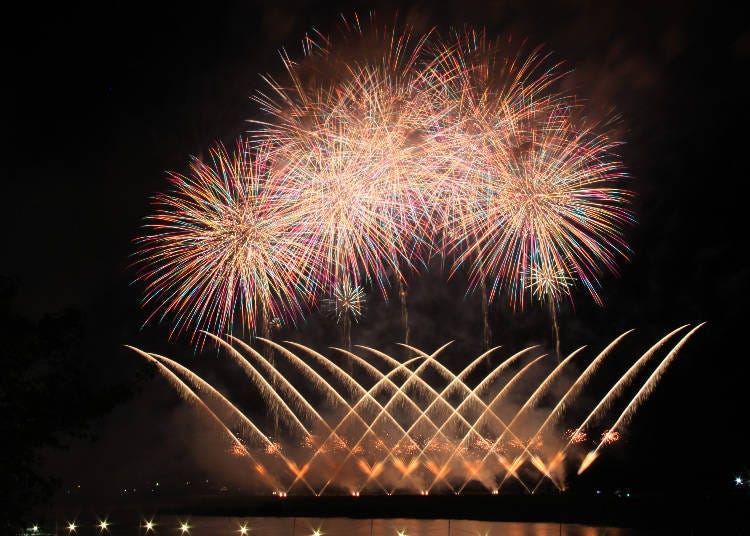
Ise Jingu, located in Mie Prefecture, is one of the most venerable shrines in Japan. In 1953, the first fireworks display was dedicated to the shrine.
Another of Japan's major fireworks festivals, this one is also held every year in mid-July. It showcases the works of fireworks artists from all over the country, from Akita Prefecture in the north to Kagoshima Prefecture in the south. The competition is a rhythmic display where each pyrotechnician releases 40 sets of Launched Fireworks, including three sets of size 5 fireworks (about 15cm) and one round of size 10s (about 30cm), as well as 10 sets of Star Mines.
- Date: July 15
- Time: From 7:15 - 8:50 p.m.
-
Ise Jingu National Dedication Fireworks Festival伊勢神宮奉納全国花火大会
- Address Miyagawa River Bank, Ise City, Mie Prefecture (upstream of Watarai Bridge)
・Phone: 0596-21-5542 (Ise Jingu Dedication National Fireworks Festival Committee)
・Date: Mid-July
・Fee: Free (paid bleachers available)
Recommended hotels nearby
Check Out these World-Famous Japanese Fireworks Celebrations!
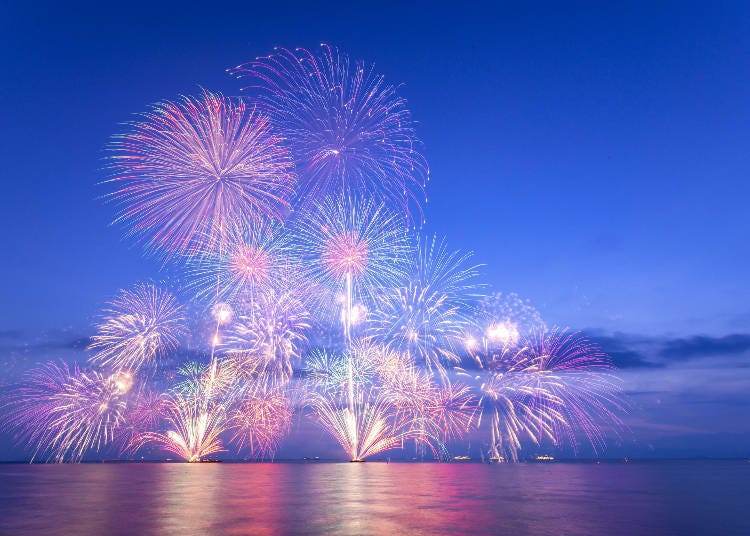
Fireworks masters have played a role in the long history of fireworks through hard work and numerous competitions. They have also heralded Japan's fireworks as some of the most beautiful and artistic in the world. So many hanabi festivals are held all over the country, you'd be hard-pressed to find a summer weekend without one!
As long as there are people who love fireworks and masters to create them, dazzling displays of fireworks will continue to brighten Japan's night sky for plenty of summers to come.
Source: Japan Pyrotechnics Association
Other Breathtaking Japanese Hanabi Festivals
Northern Japan
・Morioka Fireworks Festival (August 11, 2023)
Around Tokyo
・Sumida River Fireworks Festival (July 29, 2023)
・Edogawa Fireworks Festival (August 5, 2023)
Mid-Western Japan
・Naniwa Yodogawa Fireworks Festival (August 5, 2023)
・Lake Biwa Great Fireworks Festival (August 8, 2023)
Text by: Shoe Press Co., Ltd.
*Information in article as of May 2023. Please see official website for latest information.
- Area
- Category
*Prices and options mentioned are subject to change.
*Unless stated otherwise, all prices include tax.
Limited time offer: 10% discount coupons available now!
Recommended places for you
-
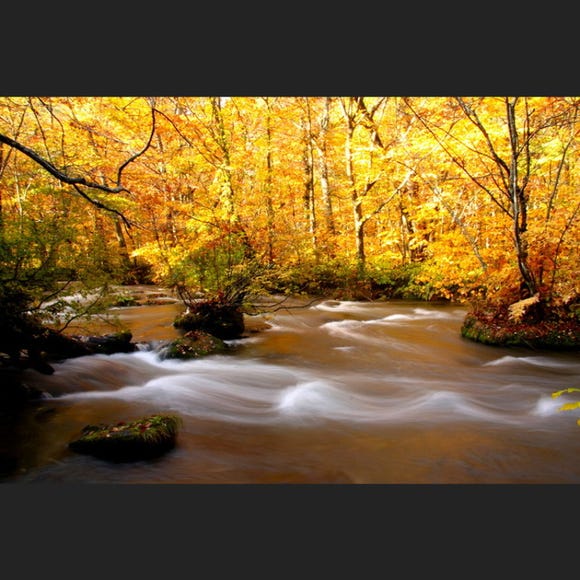
Oirase River
Rivers, Lakes & Canyons
Other Surrounding Areas Of Aomori
-
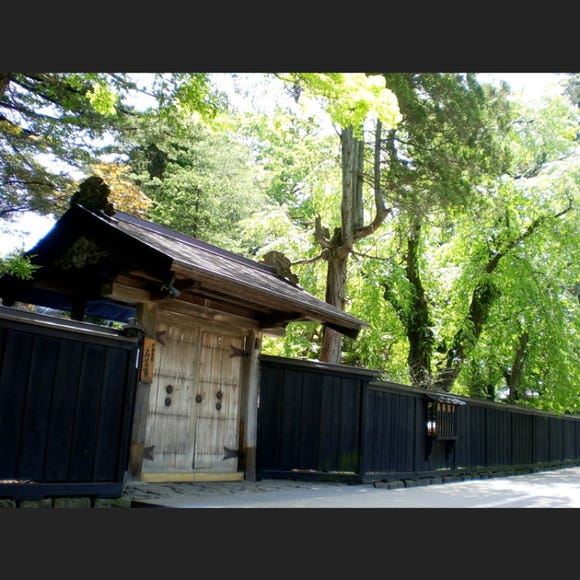
Ishiguro Samurai House
Historical Places
Surrounding Areas Of Akita
-
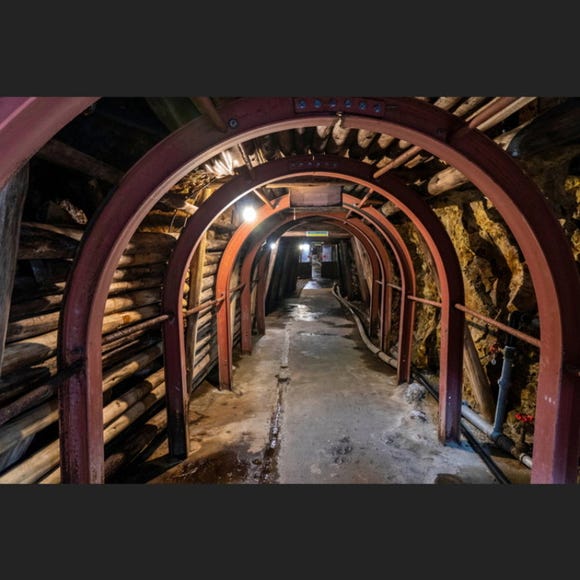
Sado Gold Mine
Winter
Niigata And Sado
-
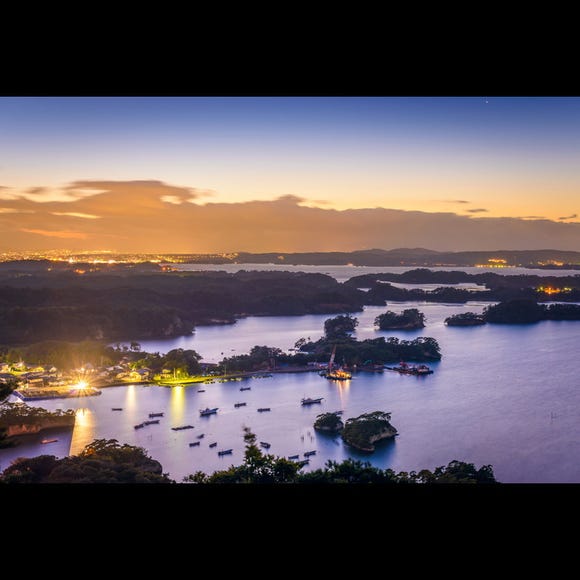
Matsushima Bay
Landscapes
Sendai And Matsushima
-
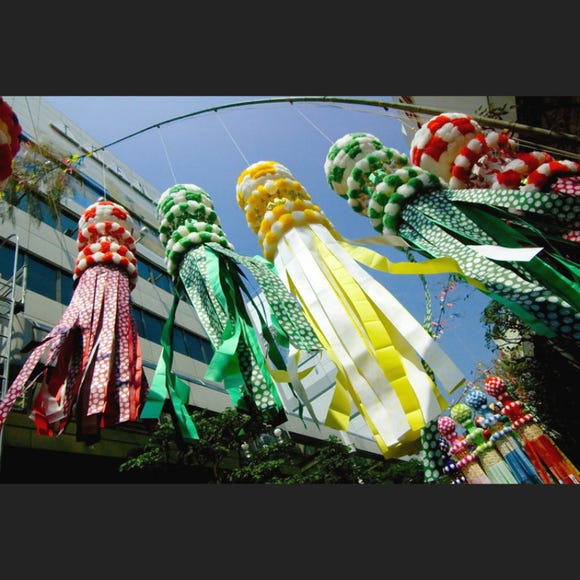
Sendai Tanabata Festival
Japanese Festivals (Matsuri)
Sendai And Matsushima
-
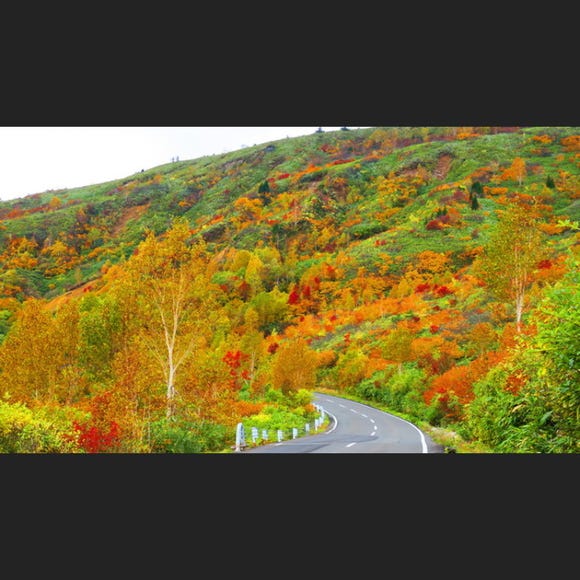
Hachimantai Aspite Line
Landscapes
Morioka, Hiraizumi And Hachimantai
-
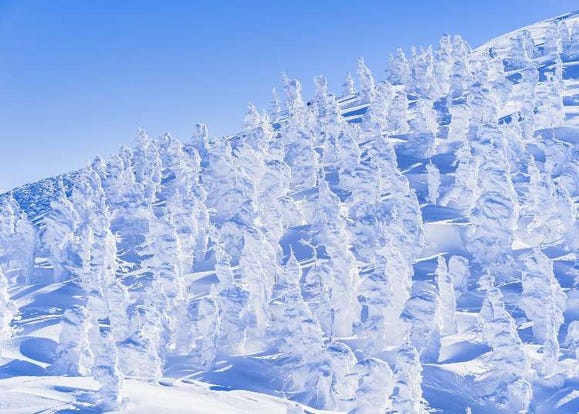
The Snow Monsters of Zao: Journey Among Yamagata’s Winter Wonders
-
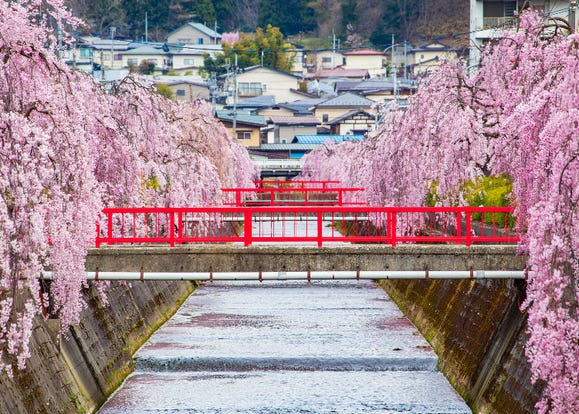
10 Breathtaking Places in Yamagata to See the Cherry Blossoms
-
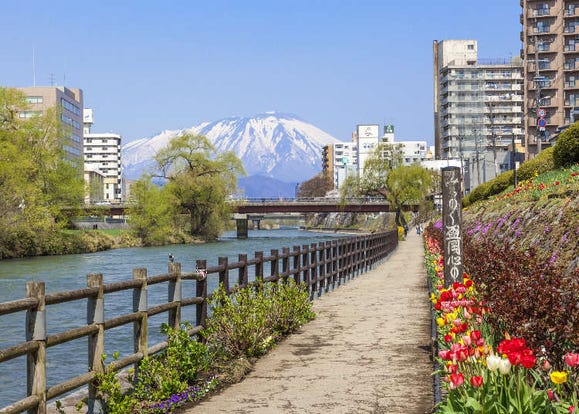
19 Best Things to Do in Morioka: See, Eat, and Shop Your Way Through Iwate's Capital City
-
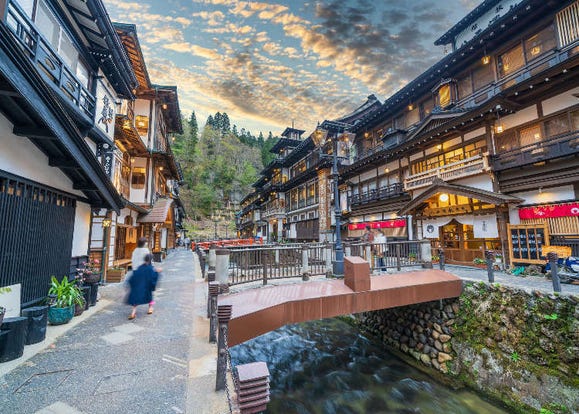
Dreamy Japan: 5 Scenic Onsen Towns in Yamagata Prefecture
-
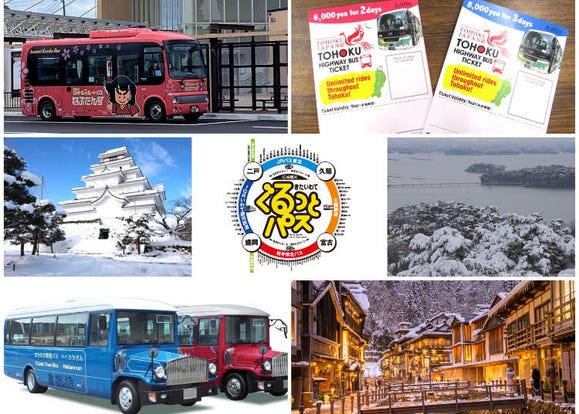
Explore Tohoku in Winter With 5 Budget-Friendly Travel Passes (Local Recommended!)
-
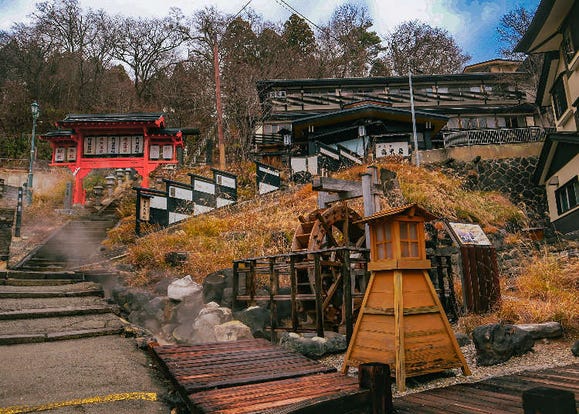
Plan Your Visit to Zao Onsen (Yamagata) - A Comprehensive Guide
-

Secrets to Shopping in Japan: Guide to Annual Sales in Japan & Where to Shop
-
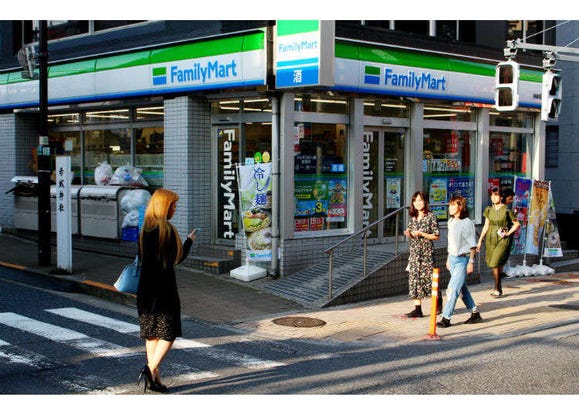
10 Important Japanese Phrases to Know Before You Enter a Japanese Convenience Store!
-
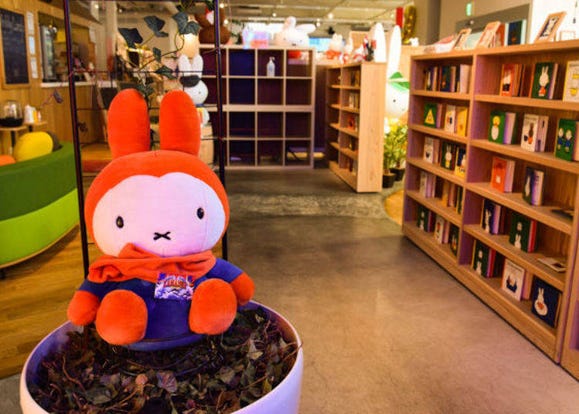
Visiting Japan's Miffy Cafe Will Make Your Heart Melt (Photos)
-
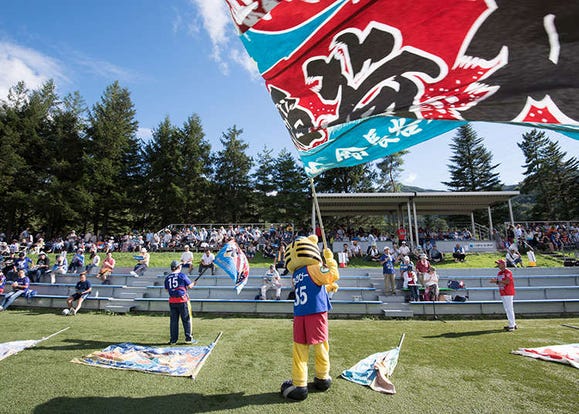
Kamaishi Japan: Kamaishi Unosumai Recovery Stadium and Sightseeing Spots in Japan’s Rugby Town
-

What to Pack for Japan: 8 Essential Things for a Hassle-Free Trip
-
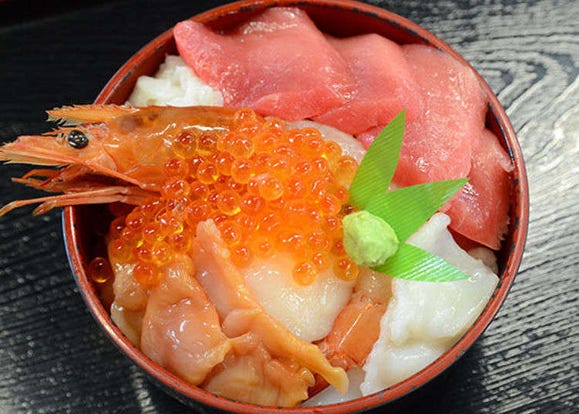
Seafood Bowls and More at the Shiogama Seafood Wholesale Market!














